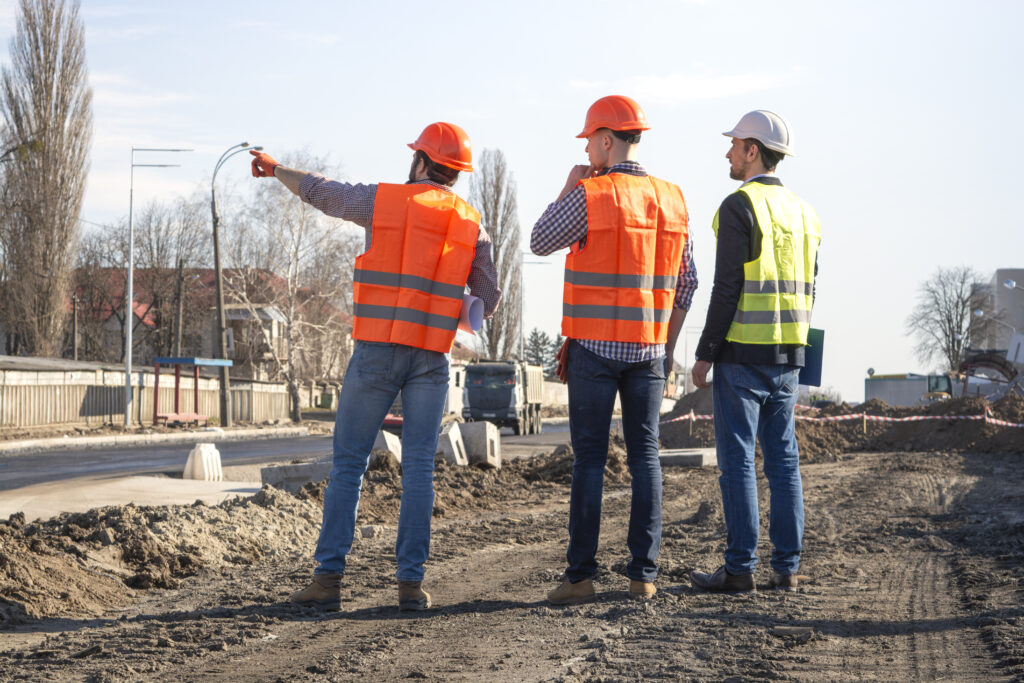One of the most frequent requests we get from our builder members is to add a new insured location to their general liability insurance policy. They provide the address and sometimes a description, but usually we have to ask how this place is being used in their construction business? “I’m building a house on that lot,” is the most typical answer. We then ask the builder if they realize they are automatically covered for all building sites located in the coverage territory of their policy? Most are not aware of this, or they are responding to a demand for proof of insurance from a bank, municipality, or some other entity involved in the project. Often, these requests are being confused with similar requests for proof of some type of property insurance, most commonly builder’s risk, which covers the cost of your building materials at a given jobsite. When told that jobsites are automatically covered without being listed in your policy, many builders are doubtful. “What do I show the bank or the city?” they ask. A certificate of insurance proving you have general liability insurance is all you should need and here's why:
In your RWC Insurance Advantage commercial general liability policy, the (CGL), “coverage territory” is defined in part as the “United States of America (including its territories and possessions), Puerto Rico and Canada.” This means if you are building a house anywhere in these places, your CGL policy will cover you if some member of the public gets injured on your jobsite or if your activities at the site cause damage to property owned by the public. You are also covered in “all parts of the world” if such injuries or damage are the result of “personal and advertising injury offenses that take place through the Internet or similar electronic means of communications.”
There you go. Clear as mud, right? A reasonable question at this point might be “My office is scheduled on the policy and so is the warehouse I lease where I store lumber and other materials. Why are these places listed, but not my jobsites?” The answer has to do with premises versus operations.
- Premises – This term refers to structures or locations that you own, rent or lease where you conduct the non-building part of your business. Such functions are ongoing regardless of whether you have an active jobsite at the moment. People, members of the public, can show up by invitation or on their own at any time. Your activities on your premises tend to remain more or less constant and unchanging in nature.
- Operations – Refers to what you do in your business. You build houses. You may also do renovations and remodeling, but all of this is done away from your premises somewhere in the “coverage territory.” Each job varies a little from the next even though all jobs have much in common. Most of all, jobs start and finish at different times throughout the year. In a matter of months your risk factors can go from many to none as the job progresses from groundbreaking to closing. Operations also include anything you do in the name of your business. Attending builder shows, golf outings, conferences, seminars, etc., are all included. Anywhere you go for business purposes can be an opportunity for an accident to happen for which you could be held liable.

In short, your premises need to be scheduled because this is where your business is located and where day-to-day tasks are performed. Members of the public come and go with and without being invited. Your operations include everything you do as a builder whether it is the actual building of a home, or attending a conference or trade show. Since the locations of such things change constantly, they don’t have to be scheduled as long as they are in the coverage territory.
If you have any other questions about our CGL policy, please give us a call at 866-454-2156 and ask for Allison. If you prefer, email us at https://rwcinsuranceadvantage.com/contact-us/. Stay safe!

